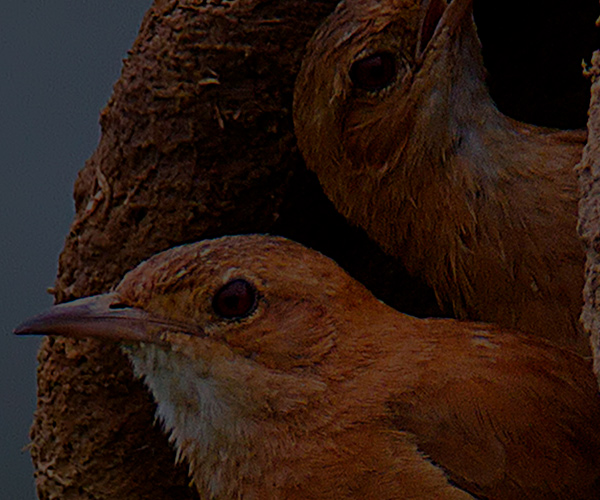
SEE A JAGUAR
See a jaguar, save a jaguar
See a jaguar, save a jaguar. Last november we where interviewed on our view on tourism and the protection of jaguars. As local guides we find sustainable tourism and working together with education and conservation foundations like Panthera very important. Find out more in the interview below.
Conservationists ponder pay-to-protect program to safeguard South America’s biggest cat.
Picture the scene. You are floating down a river in Brazil’s Pantanal region, the world’s largest wetland. There you spot the muscular frame of a jaguar prowling on a far bank, South America’s biggest feline is out for a stroll. The next day that same jaguar happens to kill a cow at a nearby ranch and in return is shot by a rancher. Would you pay to save that cat?
Most ecotourists would, according to a study by Panthera. The non-profit, which is dedicated to the conservation of wild cats, found that 80 percent of tourists are willing to donate to offset the costs of jaguar predation. The study was part of an effort to assign a monetary value to South America’s biggest cat, the first of its kind to do so.
It’s an important finding, says Fernando Tortato, Jaguar Research Fellow for Panthera, the global wild cat conservation organization, as conflict with jaguars is the main threat to their survival in the Pantanal. Showing ranchers that living with the beast is worth much more than killing it could be the key to staying rancher’s guns, he says.
The plan now is to develop a scheme to put this into action.

Along its range, which stretches from the bottom of South America all the way up to the Mexican border with the US, the jaguar is considered threatened, much more so in some places than others. However, the Pantanal, which spans 140,000-square-kilometers across Brazil and small parts of Paraguay and Bolivia, is considered a stronghold for the species.
For Panthera, the region is an important step in the organization’s Journey of the Jaguar, a trans-continental trek that will take scientists by air, land, and water across the jaguar’s range, and aims to bring attention to the urgent need to conserve the continent-spanning jaguar corridor. Recent studies have shown that there is only one species of jaguar, which means that for centuries, until human beings came along, jaguars have been connected throughout their range and able to maintain genetic flow. The jaguar corridor is the key to maintaining this flow.
“The Pantanal is like a hub,” explains Tortato. An abundance of prey and good quality, connected habitat has resulted in an incredibly high density of jaguars, he says. From the Pantanal, the cats can disperse to other parts of the continent following the jaguar corridor, and they do so. The Pantanal is also renowned as the best, and easiest, place to spot jaguars in the wild during the dry season. Hundreds of tourists from overseas visit the wetland every year, many of them taking part in jaguar-spotting tours.
In the past Fabricio Dorileo’s family killed jaguars to protect their cattle but for the last twenty years they have been guiding tourists around the Pantanal, including the first National Geographic team to cover a story and snap photos for the magazine in the 1990s. He isn’t particularly surprised by Panthera’s findings. Tourists who visit the area and pay to see jaguars often tell him that they wish they could help out more, he explained via email.
He believes tourism has been helping to change the local mindset that the only “good” jaguar is a dead one, he continues. “This small thing is working and
they are giving a ‘second chance’ for the jaguar,” he writes.
A tourist snaps a photo of a jaguar. Tapping into tourism-related income could be a boon for conservation in the Pantanal.
Tortato agrees that mindsets are changing. “There is a myth about the beast of the jaguar — that it’s dangerous,” Tortato explains. People from the Pantanal will tell you that jaguars are ferocious and will kill you given the opportunity, but this runs contrary to all available evidence. Attacks are “very, very rare,” he says.
But some ranchers, particularly the younger owners, are beginning to see the jaguar as a resource and not only a problem, he continues. “It’s a slow process and it’s not easy to change this perception.”


















